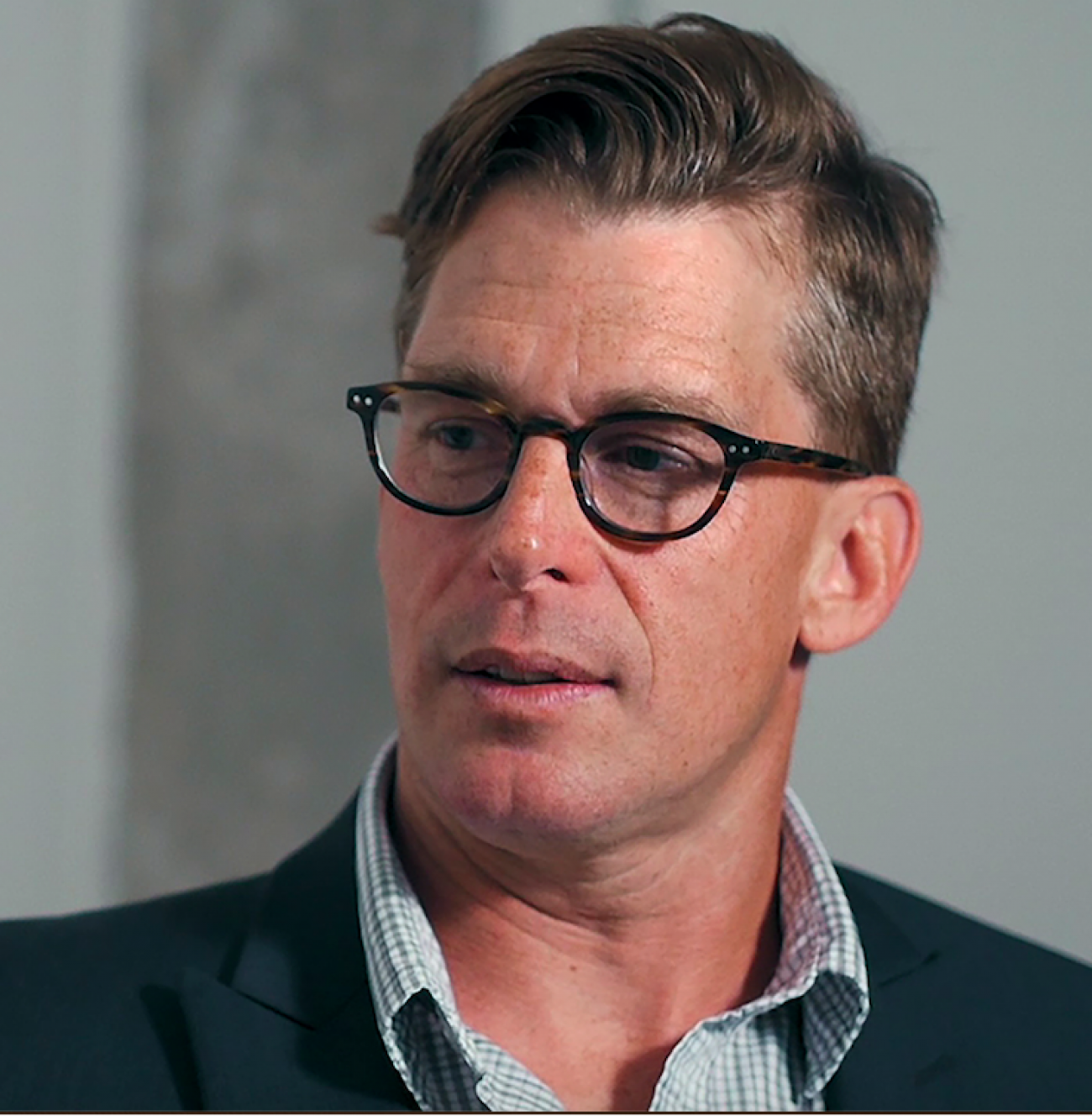Opinion | Line 5’s environmental calamities started when it was built

The Shut Down Line 5 movement began in 1953, before the pipeline was even built. This fact may come as a surprise to present observers and participants in the effort to convince state elected officials to permanently decommission the aging twin pipelines hovering beneath the Straits of Mackinac.
After all, more recent organizers tend to locate the movement’s origins in 2012, when the National Wildlife Federation released its widely circulated Sunken Hazard report, with its shocking tale of imminent disaster and its vivid, frequently reprinted underwater images of the current condition of the pipeline. In just seven short years since that report, numerous other environmental groups, concerned citizens, tribes, and businesses across the state have joined the effort, forcing the question of Line 5’s future to the forefront of Michigan state politics.
Yet while Shut Down Line 5 has garnered significant statewide interest, it has primarily remained an Up North issue, of pressing concern mainly to those with an immediate economic or recreational stake in protecting the Great Lakes from the devastating effects of an oil spill. The vast majority of the businesses that comprise the Great Lakes Business Network, for example, understandably cluster along the northwest coast of Lake Michigan, from, say, St. Joseph to Mackinac Island. And one of the movement’s major hubs, the coalition called Oil & Water Don’t Mix, is, also understandably, headquartered in Traverse City. To date, the story of Line 5 has primarily been a story about the Great Lakes.
But if you follow the pipeline southward from the Upper Peninsula, roughly parallel to I-75, as it snakes its way toward its termination point in Sarnia, Ontario; or if you trace its origins back in time, to the post-war boom years of the mid-20th Century when it was first constructed, a different version of the Line 5 story emerges. Not a story of inevitable disaster yet to come, but a story of actually existing, ongoing environmental calamity, some of which might well have been prevented.
In March of 1953, the State of Michigan passed legislation to allow the granting of easements to Lakehead Pipe Line, the American subsidiary of the company that would eventually become Enbridge, Inc., to build a 635-mile oil pipeline from Superior, Wisconsin to Sarnia, Ontario. The Michigan Public Service Commission also approved the plan that spring and Line 5 was born. At the time, the project was touted as the world’s longest crude pipeline, promising cheap gasoline to Michigan drivers, in-state jobs, and tax revenue for public schools. One newspaper report even described it as a “priority project in the defense of the continent.” Fittingly, construction during the summer of 1953 became a state-wide spectacle, covered breathlessly in newspapers.
The Detroit Free Press, for instance, viewed it as part of an almost mythical historical transformation. “Paul Bunyan dropped his log chain and sulked in defeat when the pipeline builders moved into Michigan,” the paper wrote. In late August, crowds gathered on the shoreline of St. Ignace to witness the spectacle of enormous barges pulling the first long stretches of pipe across the Straits, an unprecedented engineering feat that took only a matter of days.
Yet not everyone viewed the coming of the pipeline so joyfully. Landowners resisted the exercise of eminent domain laws compelling them to enter into easement agreements with Lakehead, for example. The strongest resistance came, surprisingly, from the City of Detroit. As pipeline construction began upstate, Laurence Lenhardt, the General Manager of the Detroit Water Board requested that the state Attorney General Frank Millard revise state lease agreements to address potential pollution. Lenhardt worried about contamination to the St. Clair River — a major source of drinking water for millions of southeast Michigan residents — from refineries in Sarnia, Ontario, where pollution control measures were (and to this day remain) far more lax than in the United States. Despite Lakehead’s dismissal of Detroit’s concerns, which they called “fantastic,” Millard did briefly suspend the granting of new easements while he considered the matter. But eventually, he determined that the state Conservation Commission could not stipulate that the transportation of oil be shut down if pollution levels increased in the St. Clair River. As a common carrier of crude oil products, Millard reasoned, Lakehead had no control over the activities of Sarnia refineries. As a result, Line 5 was built. Before Christmas 1953, it was up and running.
Today, more than a half century later, we know Detroit was right. Line 5 helped make possible the appalling history of toxic pollution that earned Sarnia the nickname “Chemical Valley.” Although oil refining in Sarnia dates back to the 19th Century, the explosion in chemical manufacturing facilities in Sarnia occurred after World War I, spurred by the discovery of vast crude oil reserves in Alberta, Canada in 1947. Soon after, Canada’s Interprovincial Pipeline Company (Enbridge’s original name) constructed a 1,000-mile pipeline from Alberta to Superior, Wisconsin. From there, tankers shipped oil across Lake Superior to Sarnia. The construction of Line 5 made it possible to transport even greater quantities of oil along that final leg to Sarnia, which in turn accelerated the development of the area’s petrochemical industry.
In other words, Line 5 helped create Chemical Valley, one of the most polluted areas in North America. Hundreds of chemical spill over several decades contaminated Lake St. Clair and the St. Clair River, released cancer-causing toxins into the air, and produced increased levels of cancer and low birth-rates among First Nations inhabitants of the region. That pollution also—as a Bridge Magazine report explained in 2017 and as the City of Detroit warned in 1953 — poses a serious threat to the drinking water of millions of Michigan residents. Detroit knows this story all too well. Having also suffered from decades from a polluting oil refinery, it is Sarnia’s own twin brother, linked, literally and metaphorically, by the St. Clair River like a poisoned umbilical cord.
This month, after what initially appeared to be a step toward finally decommissioning Line 5, the Whitmer administration reversed course. Now, the governor appears to be taking seriously Enbridge’s foolhardy tunnel scheme, a backward-looking infrastructure project far more suited to the 1950s than to our 21st Century. Given the urgency of fossil fuel-induced climate change and the pressing need for a new energy transition, pipeline builders today ought to seem as outdated to us as Paul Bunyan did to Michiganders in 1953.
Add to that the sobering scientific evidence about what a spill in the Great Lakes would mean for the world’s largest source of freshwater as well as the uncertainty about whether a concrete tunnel will really be any safer than the pipeline’s current status and one is hard pressed to understand how anything other than the permanent removal of Line 5 from the Straits makes sense for the future.
The pipeline’s origin story adds one more reason to advocate for its dismantling: as a matter of environmental justice, a reckoning not with the human and environmental damage it might one day produce if it were to burst, but with the decades of damage it has already done.
See what new members are saying about why they donated to Bridge Michigan:
- “In order for this information to be accurate and unbiased it must be underwritten by its readers, not by special interests.” - Larry S.
- “Not many other media sources report on the topics Bridge does.” - Susan B.
- “Your journalism is outstanding and rare these days.” - Mark S.
If you want to ensure the future of nonpartisan, nonprofit Michigan journalism, please become a member today. You, too, will be asked why you donated and maybe we'll feature your quote next time!




